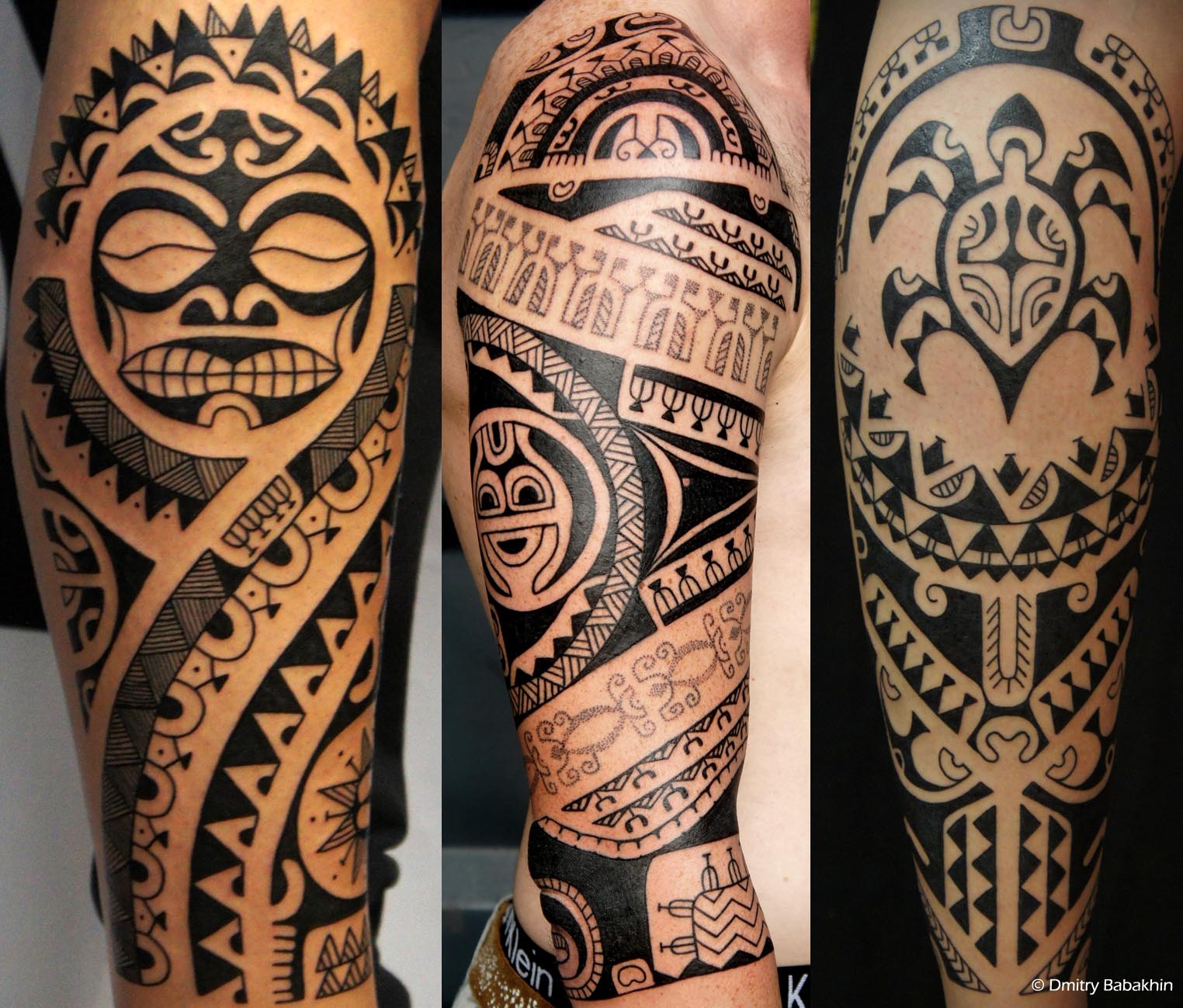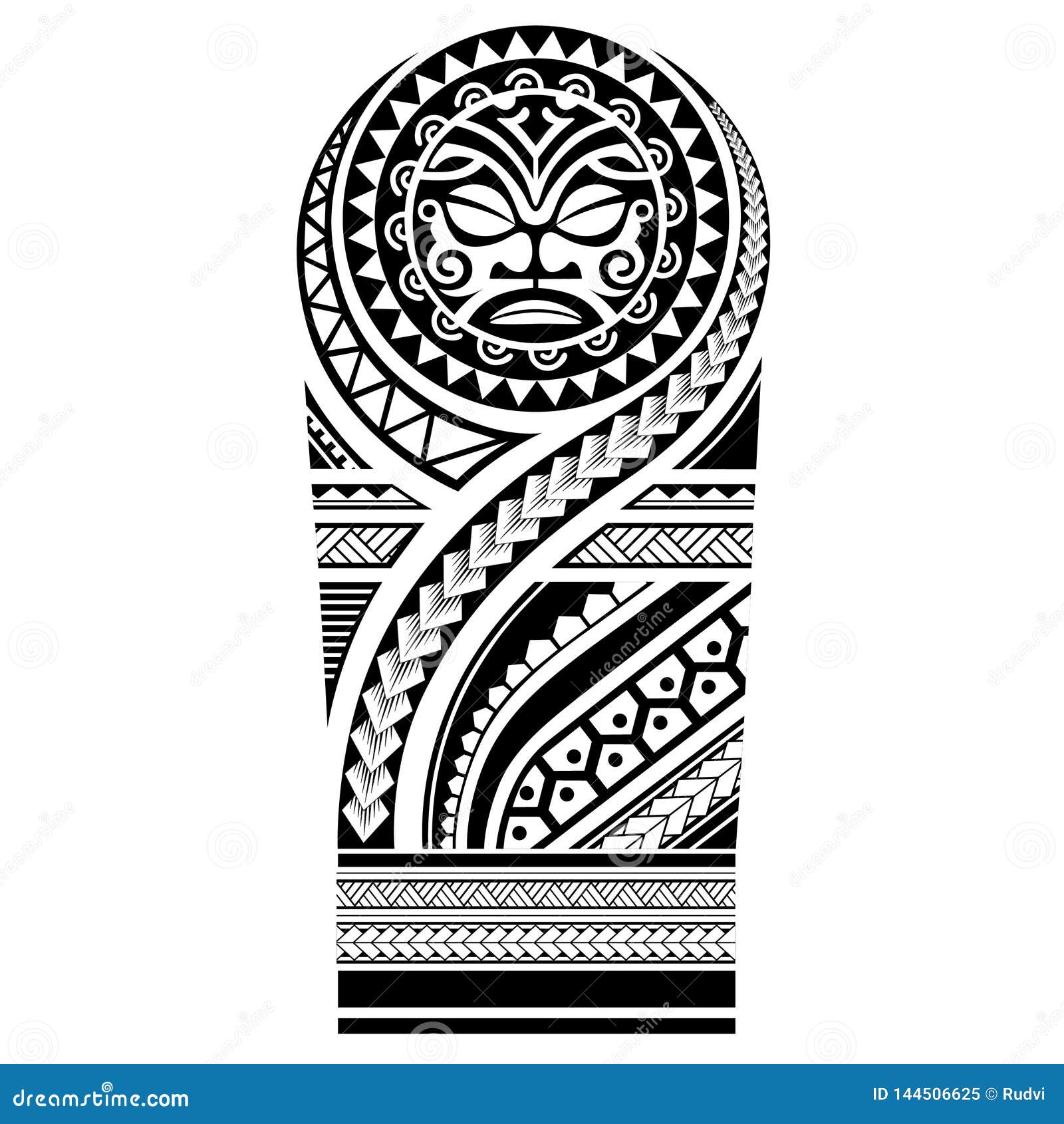Table Of Content
- Digital Download - Large Polynesian Tribal Block 1 Graphics - pdf, jpg, png, svg - Cut Files - Clipart
- Coloring Book of Polynesian Art Designs
- Samoan Tatau Siapo Polynesian Seamless Pattern SVG Clipart Digital Design - Instant Download Commercial License Designs
- Political history
- The Marquesan Tattoo Culture

In most Polynesian sub-cultures, turtles represent health, longevity, peace, and rest. Spearheads symbolize strength and courage in battle; when part of a pattern with multiple spearheads pointing in the same direction, the traditional meaning is that of defeating the enemy. When enata appears in the form of a pattern, it looks like a group of people holding hands – a row of enata in a semi-circular formation often represents the sky and the ancestors guarding their living relatives.
Digital Download - Large Polynesian Tribal Block 1 Graphics - pdf, jpg, png, svg - Cut Files - Clipart
In around 1855 a Tongan prince, Enele Ma'afu, proclaimed the Lau islands as his kingdom, and took the title Tui Lau. Polynesia is generally defined as the islands within the Polynesian Triangle, although some islands inhabited by Polynesians are situated outside the Polynesian Triangle. Geographically, the Polynesian Triangle is drawn by connecting the points of Hawaii, New Zealand, and Easter Island. The other main island groups located within the Polynesian Triangle are Samoa, Tonga, the Cook Islands, Tuvalu, Tokelau, Niue, Wallis and Futuna, and French Polynesia.
Coloring Book of Polynesian Art Designs

Oceanic peoples typically did not regard their work as “art” in the Western sense, but instead as things to be used in social or religious rites, or in everyday life. Descendants of the second wave would start to develop and disseminate onto the most distant islands by 1500 BCE. Art started to develop in New Guinea in the same period, including the first instances of sculpting in Oceania.
Samoan Tatau Siapo Polynesian Seamless Pattern SVG Clipart Digital Design - Instant Download Commercial License Designs
He creates tattoos that blend Polynesian or Filipino (sometimes both together!) motifs and patterns with contemporary or modern elements, resulting in a unique and personalized design. Preserving Polynesian tattoo traditions is not just about keeping an ancient art form alive; it is also about reclaiming and celebrating Polynesian identity. For many Polynesians, getting a traditional tattoo is a way to reconnect with their roots, to honor their ancestors, and to assert their cultural pride.

Tattoo Designs of Polynesia Receive Fresh Ink - HONOLULU Magazine
Tattoo Designs of Polynesia Receive Fresh Ink.
Posted: Fri, 26 Mar 2010 07:00:00 GMT [source]
Melanesian art made its way to the West by the 20th century and has had a significant effect on current artists. However, the Second World War caused significant cultural displacement, and much traditional work began to deteriorate or was destroyed. Micronesia’s cultural integrity suffered throughout the first half of the 20th century as a result of considerable foreign influence from both the Japanese and Western Imperialist governments. A lot of ancient aesthetic traditions, particularly sculptural ones, simply ceased to exist. Micronesia also saw a significant contemporary art trend towards the end of the 20th century.
The popularity of Polynesian tattoos can be attributed to their unique aesthetic appeal and the deep cultural significance they hold. Each design tells a story, representing the wearer's personal journey, values, and connection to their heritage. Polynesian design plays a crucial role in attracting tourists to the Pacific Islands. Visitors are drawn to the vibrant patterns, unique art forms, and the chance to learn about the rich cultural heritage of these island nations. Polynesian design acts as a gateway to indigenous traditions, allowing tourists to engage with the local culture and gain a deeper appreciation for the communities they visit.
Urban Street Art: Polynesian Design in the Concrete Jungle
Unfortunately, with the arrival of European colonizers in the Pacific Islands, the practice of Polynesian tattooing faced a decline. The influence of Western culture and the introduction of Christianity led to a suppression of traditional practices, including tattooing. Many Polynesians abandoned their cultural traditions in favor of assimilation. Figural sculptures also express Polynesian concepts about genealogy, prestige, community, and mana. The next several objects provide the opportunity to compare and contrast the formal expression of these ideas across different island cultures.
Fusion of Traditions: Polynesian Design in Contemporary Art
The process of getting a tattoo was seen as a rite of passage, a way for individuals to connect with their ancestors and embrace their cultural heritage. Polynesian tattoos have been a part of the region's culture for centuries. They were not just a form of self-expression, but also a way to convey one's identity, social status, and personal history. Each design had a specific meaning, often representing important aspects of the wearer's life, such as their family, achievements, or spiritual beliefs. The process of tattooing in Polynesia is not just about the physical act of marking the skin, but also about the spiritual connection between the tattoo artist and the person being tattooed. In Polynesian culture, the tattoo artist, known as a “tufuga ta tatau,” is highly respected and considered a master of his craft.
The Marquesan Tattoo Culture
There are usually many shark teeth-shaped triangles altogether meant to represent this tribal tattoo artistically. To the Samoan people, tattoos are an intricate part of life, performed with excruciating pain that leads to accepting that person as a mature individual. Each group of Polynesian people has its own tattoo designs that are unique to their culture. So, when choosing your tattoo artist, take the time to review their portfolio, and find an artist whose style and work you love. Trust them to create something unique and personalized for you that you'll love for years to come.
All these islands had different tattoo masters who passed on their knowledge of tattooing to their apprentices. Another classic symbol that is extensively used in Polynesian tattoos is the spearhead motif. Spearhead symbols are used in combination with other symbols to express different meanings. They can be seashells or turtle shells, though the latter is more famous because of their significance in Polynesian culture.
From the geometric patterns of Maori designs to the flowing motifs of Hawaiian art, we will take you on a visual journey through the diverse styles that make each island’s art form truly unique. Nature plays a significant role in Polynesian design, with the islands’ lush landscapes and diverse ecosystems providing abundant inspiration. The patterns often mimic the intricate shapes and forms found in the natural world, from the graceful curves of ocean waves to the intricate patterns of tropical flora. By incorporating elements of nature into their designs, the Polynesians celebrate and honor their deep connection to the land and sea. In the 9th century, the Tui Manu'a controlled a vast maritime empire comprising most of the settled islands of Polynesia. Traditional oral literature of Samoa and Manu'a talks of a widespread Polynesian network or confederacy (or "empire") that was prehistorically ruled by the successive Tui Manu'a dynasties.
If you like what you see in an artist's portfolio, then you're more likely to get something similar yet unique for your own tattoo. It's important to choose your tattoo artist based on their portfolio and not based on what you want them to copy or create for your tattoo. An artist's portfolio is a reflection of their style, skill, and creativity, and it's a great way to see their previous work and get an idea of what they can do for you. This blend of contemporary work is a hallmark of Kurtis' style, and he takes pride in creating designs that help reflect today's culture. As with many things to consider as a visitor in a destination, it ultimately comes down to respecting the wishes of the Indigenous people.
The Polynesian Triangle includes more than a thousand individual islands in the South Pacific Ocean forming several dozen cultural groups, most of which have their own distinct tattoo traditions. For example, in a hierarchical society, tattoos represented certain social ranks or may have been reserved sloley for the leaders of a tribe. In other contexts, tattoos were like tribal patches and even entailed protective spiritual elements. Thus, the meaning behind each tattoo did vary between island groups and, undoubtedly, it evolved.
It is a powerful symbol of resilience and a reminder of the strength and beauty of Polynesian heritage. In addition to the efforts within Polynesian communities, there are also organizations and institutions dedicated to the preservation of Polynesian tattoo traditions. These organizations conduct research, document traditional designs, and promote awareness of the cultural significance of Polynesian tribal ink. They also organize events and exhibitions to showcase the beauty and history of these tattoos. The art of Polynesian tattooing was passed down through generations, with skilled tattoo artists using traditional tools and techniques. These artists were highly respected members of their communities, and their work was considered sacred.

No comments:
Post a Comment